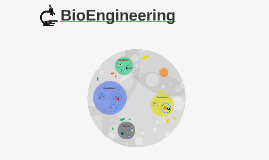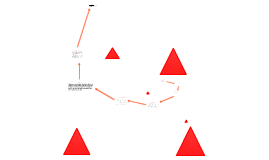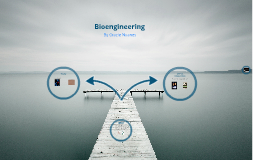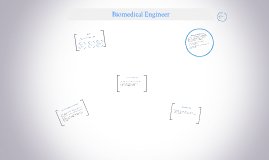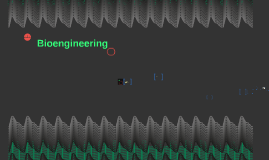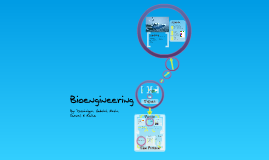Bioengineering
Transcript: Job Title Biomedical engineers Life scientists Medical scientists Bioengineers Duties They enjoy a range of possible duties, including the design and development of artificial organs, modeling of physical processes, development of blood sensors and other physiologic sensors, design of therapeutic strategies and devices for injury recovery, development and refinement of imaging techniques and equipment, development of advanced detection systems, testing of product performance, and optimal lab design. Responsibilities Bioengineers specialize in a variety of functional areas, including bioinstrumentation, biomechanics, biomaterials, clinical engineering, medical imaging, rehabilitation engineering and systems physiology. The following specialties are integral to, and interdependent with, each other. All combine engineering principles and methodologies in solving medical challenges. Common work activities Many do research, along with life scientists, chemists, and medical scientists, to develop and evaluate systems and products for use in the fields of biology and health, such as artificial organs, prostheses (artificial devices that replace missing body parts), instrumentation, medical information systems, and health management and care delivery systems. Work Enviroment Bioengineers are employed in universities, in industry, in hospitals, in research facilities of educational and medical institutions, in teaching, and in government regulatory agencies. They are not limited to geographical locations and can work mostly anywhere. Specialization They specialized by combining biology and medicine with engineering, biomedical engineers develop devices and procedures that solve medical and health-related problems. Many do research, along with life scientists, chemists, and medical scientists, to develop and evaluate systems and products for use in the fields of biology and health, such as artificial organs, prostheses (artificial devices that replace missing body parts), instrumentation, medical information systems, and health management and care delivery systems. References http://bioengineering.stanford.edu/ http://www.careercornerstone.org/pdf/bioeng/bioeng.pdf http://www.worldwidelearn.com/online-education-guide/engineering/bioengineering-major.htm 11-29-11 by Brian Chan Description Principle of Engineering Bioengineering Period 6






